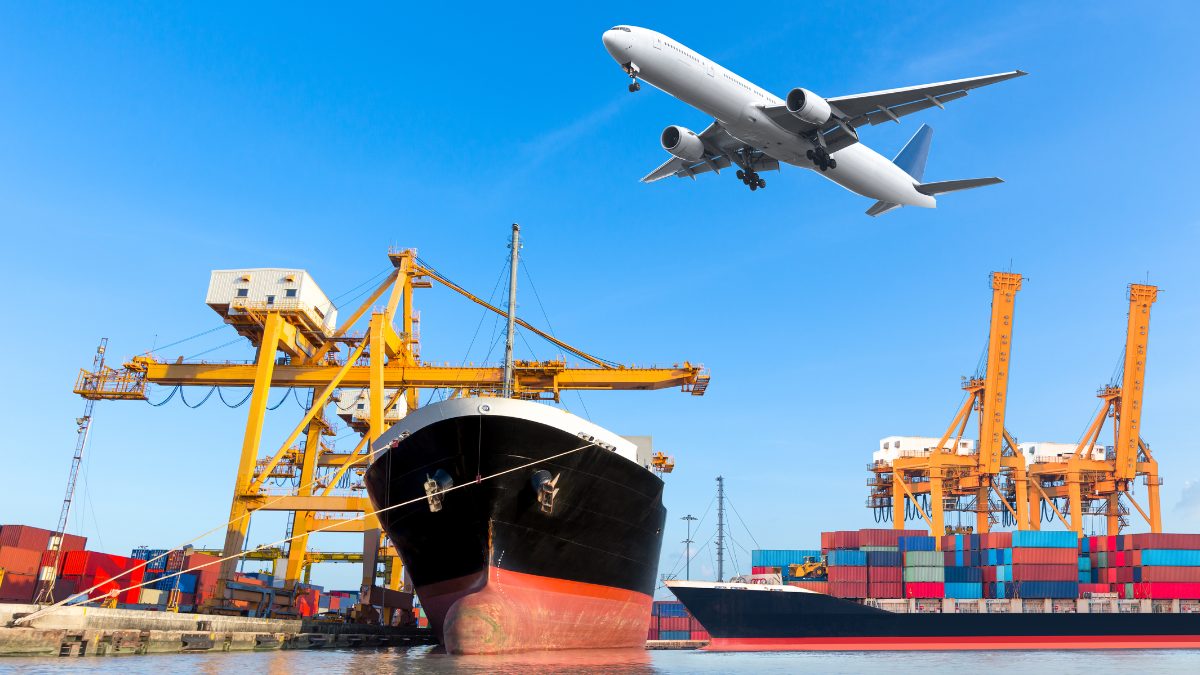-
Managed Detection and Response with NovaMDR
NovaMDR leverages leading-edge security technology and world-class security experts
-
Detect and protect.
ForeNova represents a new way for companies to put an end to relentless, and often undetected, cyber threats coming from every direction. With ForeNova’s unified command center, businesses can detect threats that are already inside their network, and previously unknown.

-
Blog
29 Apr, 2024
Top 10 Open-Source Intelligence Tools (OSINT)
Managed Detection and Response with NovaMDR
NovaMDR leverages leading-edge security technology and world-class security experts
NIS2 Compliance Guide
Find out what the implications are and how to be come NIS2 compliant in 2024.

.svg)



